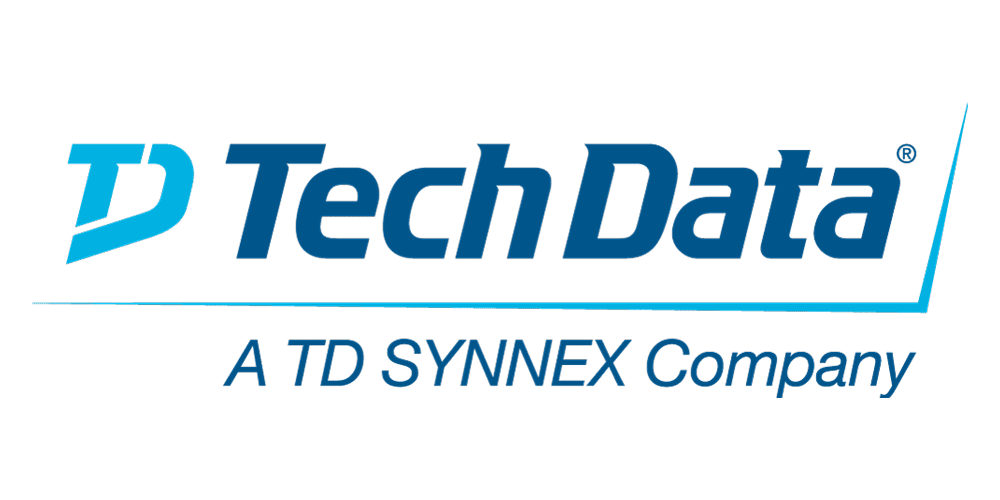This course provides authors with an introduction to build reports using Cognos Analytics. Techniques to enhance, customize, and manage reports will be explored. Activities will illustrate and reinforce key concepts during this learning opportunity.
-
This B6259G: IBM Cognos Analytics: Author Reports Advanced v11.x course teaches experienced authors advanced report building techniques to enhance, customize, manage, and distribute reports. Additionally, the student will learn how to create highly interactive and engaging reports that can be run offline by creating Active Reports.
-
This B6289G: IBM Cognos Analytics: Dashboard Essentials v11.1.x course teaches authors how to create dashboards in IBM Cognos Analytics so users can explore and interact with their data and gain insight into their business. You will learn how to add data sources, create and interact with dashboards, and customize content for presentation. You will also learn how to create effective narratives by using stories, and how to use explorations to perform a deeper analysis on your data.
-
This training teaches data modelers how to model data using data modules in IBM Cognos Analytics. Users will learn how to create data modules from different sources, such as uploaded files. They will also identify how to customize their data modules by adding joins, calculations, and filters. In addition, they will examine how to group their data (for example, by using navigation paths), how to share their data modules with others, and how to make use of some advanced modeling techniques, such as relative date analysis.
If you are enrolling in a Self Paced Virtual Classroom or Web Based Training course, before you enroll, please review the Self-Paced Virtual Classes and Web-Based Training Classes on our Terms and Conditions page, as well as the system requirements, to ensure that your system meets the minimum requirements for this course.
-
IBM Security QRadar enables deep visibility into network, endpoint, user, and application activity. It provides collection, normalization, correlation, and secure storage of events, flows, assets, and vulnerabilities. Suspected attacks and policy breaches are highlighted as offenses. In this course, you learn about the solution architecture, how to navigate the user interface, and how to investigate offenses. You search and analyze the information from which QRadar concluded a suspicious activity. Hands-on exercises reinforce the skills learned.
In this 3-day instructor-led course, you learn how to perform the following tasks:
- Describe how QRadar SIEM collects data to detect suspicious activities
- Describe the QRadar SIEM component architecture and data flows
- Navigate the user interface
- Investigate suspected attacks and policy breaches
- Search, filter, group, and analyze security data
- Investigate the vulnerabilities and services of assets
- Use network hierarchies
- Locate custom rules and inspect actions and responses of rules
- Analyze offenses created by QRadar SIEM
- Use index management
- Navigate and customize the QRadar SIEM dashboard
- Use QRadar SIEM to create customized reports
- Use charts and filters
- Use AQL for advanced searches
- Analyze a real world scenario
Extensive lab exercises are provided to allow students an insight into the routine work of an IT Security Analyst operating the IBM QRadar SIEM platform. The exercises cover the following topics:
- Using the QRadar SIEM user interface
- Investigating an Offense triggered by events
- Investigating the events of an offense
- Investigating an offense that is triggered by flows
- Using rules
- Using the Network Hierarchy
- Index and Aggregated Data Management
- Using the QRadar SIEM dashboard
- Creating QRadar SIEM reports
- Using AQL for advanced searches
- Analyze a real-world large-scale attack
The lab environment for this course uses the IBM QRadar SIEM 7.3 platform.
-
IBM QRadar SIEM provides deep visibility into network, user, and application activity. It provides collection, normalization, correlation, and secure storage of events, flows, assets, and vulnerabilities. Suspected attacks and policy breaches are highlighted as offenses.
This 2-days BQ203G: IBM QRadar SIEM Advanced Topics course walks you through various advanced topics about QRadar such as custom log sources, reference data collections and custom rules, X-Force data and the Threat Intelligence app, UBA and QRadar Advisor, tuning and custom action scripts.
The course also discusses integration with IBM SOAR. Hands-on exercises reinforce the skills learned.
-
This course provides you with information about the functions of IBM’s DB2, a relational database manager which may be installed under a variety of operating systems on many hardware platforms.
DB2 runs under the z/OS, VM, Linux, UNIX, and Windows operating systems, to name a few.
The course includes discussion of how the DB2 products provide services. The focus is on the services DB2 provides and how we work with DB2, not on its internal workings.
-
This CE121G: IBM DB2 SQL Workshop course provides an introduction to the SQL language.
This course is appropriate for customers working in all DB2 environments, that is, z/OS, VM/VSE, iSeries, Linux, UNIX, and Windows. It is also appropriate for customers working in an Informix environment.
-
The CE131G: IBM DB2 SQL Workshop for Experienced Users course teaches you how to make use of advanced SQL techniques to access DB2 databases in different environments. This course is appropriate for customers working in all DB2 environments, specifically for z/OS, Linux, UNIX, and Windows.
-
This course teaches database administrators to perform basic database administrative tasks using Db2 11.1. These tasks include creating database objects like tables, indexes and views, and loading data into the database with Db2 utilities like LOAD and INGEST. Various diagnostic methods will be presented, including using db2pd command options, and monitoring with SQL statements that reference Db2 monitor functions. Students will learn how to implement automatic archival for database logs and how to recover a database to a specific point in time using the archived logs.
The course covers using EXPLAIN tools to review the access plans for SQL statements and adding indexes to improve SQL performance. We will cover the locking performed by Db2 and the effect the application isolation level has on locking and lock wait conditions. Students will learn how to implement database security, including adding a security administrator, SECADM user, and implement database roles to simplify security management. We will also describe implementing Db2 native encryption for a database.
-
This course teaches you to perform, basic database administrative tasks using DB2 10.1 for Linux, UNIX, and Windows. These tasks include creating and populating databases and implementing a logical design to support recovery requirements. The access strategies selected by the DB2 Optimizer will be examined using the DB2 Explain tools.
Various diagnostic methods will be presented, including using the db2diag.log file messages to direct your investigation of problems, as well as using the db2pd commands.
-
Learn how to tune for optimum performance the IBM DB2 10 for Linux, UNIX, and Windows relational database management system and associated applications written for this environment. Learn about DB2 10 for Linux, UNIX, and Windows in a single partition database environment. Explore performance issues affecting the design of the database and applications using the database, the major database performance parameters, and the different tools that assist in performance monitoring and tuning.
Use tools in class that are common across the Linux, UNIX, and Windows environments. During labs running on DB2 10.1, develop your ability to use monitoring tools. Explain tools and DB2 utilities like RUNSTATS, REORG and db2batch to tune a database running on your local LINUX workstation.







